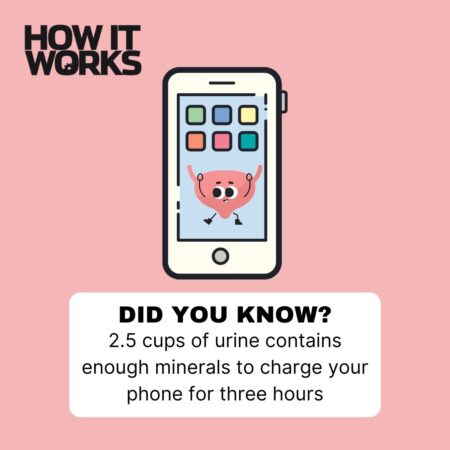What is toothpaste made of and is it considered a solid or a liquid?
Look at the back of your tube of toothpaste and you’ll find a surprisingly long list of ingredients, carefully formulated to look after your pearly whites.
First of all, you will find an abrasive such as silica, which shifts stubborn stains. Next, water acts as a solvent, combining the other ingredients together and giving the toothpaste the right consistency. A humectant (glycerin or sorbitol) plays a similar role, keeping the toothpaste well-mixed and preventing it from drying out should you leave the cap off. A surfactant such as sodium lauryl sulphate (SLS) creates foam, helping the toothpaste to reach all the tiny crevices of your teeth. Binders and thickeners also prevent the ingredients from separating, while flavouring and sweeteners keep the natural bitterness of toothpaste at bay, leaving you with a minty fresh taste. There’s also fluoride in toothpaste, which helps to strengthen the enamel on your teeth. Each brand then adds its trademark combination of antimicrobial, tartar control and/or whitening agents.
Toothpaste is a mixture of powdered solids and various liquids, so it’s neither a liquid nor a solid. Chemists would argue that toothpaste is a colloid (like milk or ink): a mixture where tiny particles of one substance are dispersed evenly into another without separating out.
Find the answer to more baffling questions in How It Works magazine. Order it in print, download it onto your digital device or subscribe today to ensure you never miss an issue!
Plus, take a look at:
How does sensitive toothpaste work?
How does teeth whitening work?
The How It Works Book of the Human Body uncovered the science of you




